All Posts
15 Best Text to Speech AI APIs and Platforms [2025]


Key takeaways:
Text-to-speech (TTS) AI technology has a wide range of applications, from accessibility tools and voice assistants to e-learning platforms and content creation. By converting written text into natural-sounding spoken words, TTS AI enables devices to communicate with users in a more human-like manner.
With a growing number of TTS AI APIs available, it's crucial to thoroughly evaluate each option to choose the right one for your app or project. These APIs vary in terms of voice quality, language support, customization options, and pricing. In this guide, we’ll dive into the best text to speech AI APIs, exploring their unique features, pricing structures, and voice fidelity to help you find the best fit for your needs.
TTS APIs are software interfaces that enable the integration of text-to-speech functionality into apps, websites, or devices. These APIs take written input and convert it into audio output, allowing apps to "speak" text and provide a more interactive experience for users.
These interfaces use natural language processing (NLP) and voice synthesis technologies. Here’s a quick overview of the process:
TTS APIs enhance your app's user-friendliness and accessibility. For example, users with visual impairments may have difficulty navigating your app without TTS, potentially leading them to abandon it altogether. By integrating TTS, you allow users to interact with your app effortlessly in their preferred language, creating a more inclusive and engaging experience.
Here’s what you should consider when choosing a TTS API:
To help narrow down your choice, we’ve compiled a list of the top TTS APIs and platforms. We explain their strengths and weaknesses and who they might be suitable for below.
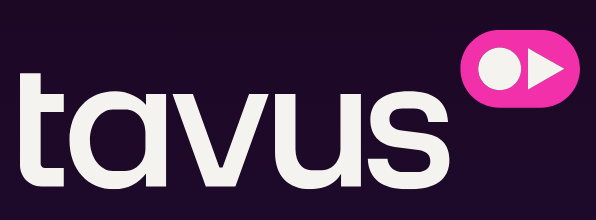
Tavus integrates advanced TTS within its Conversational Video Interface (CVI), so you can generate natural, human‑sounding speech, power real‑time conversations with AI humans, and add lifelike voiceovers to video directly in your app.
Under the hood, Tavus’ real‑time human simulation models deliver natural prosody, timing, and emotion with low latency. That means speech that sounds present—not robotic—and experiences that feel face to face.
The CVI API is designed for straightforward integration and scale, with standard HTTP endpoints and comprehensive documentation to help you get up and running quickly.
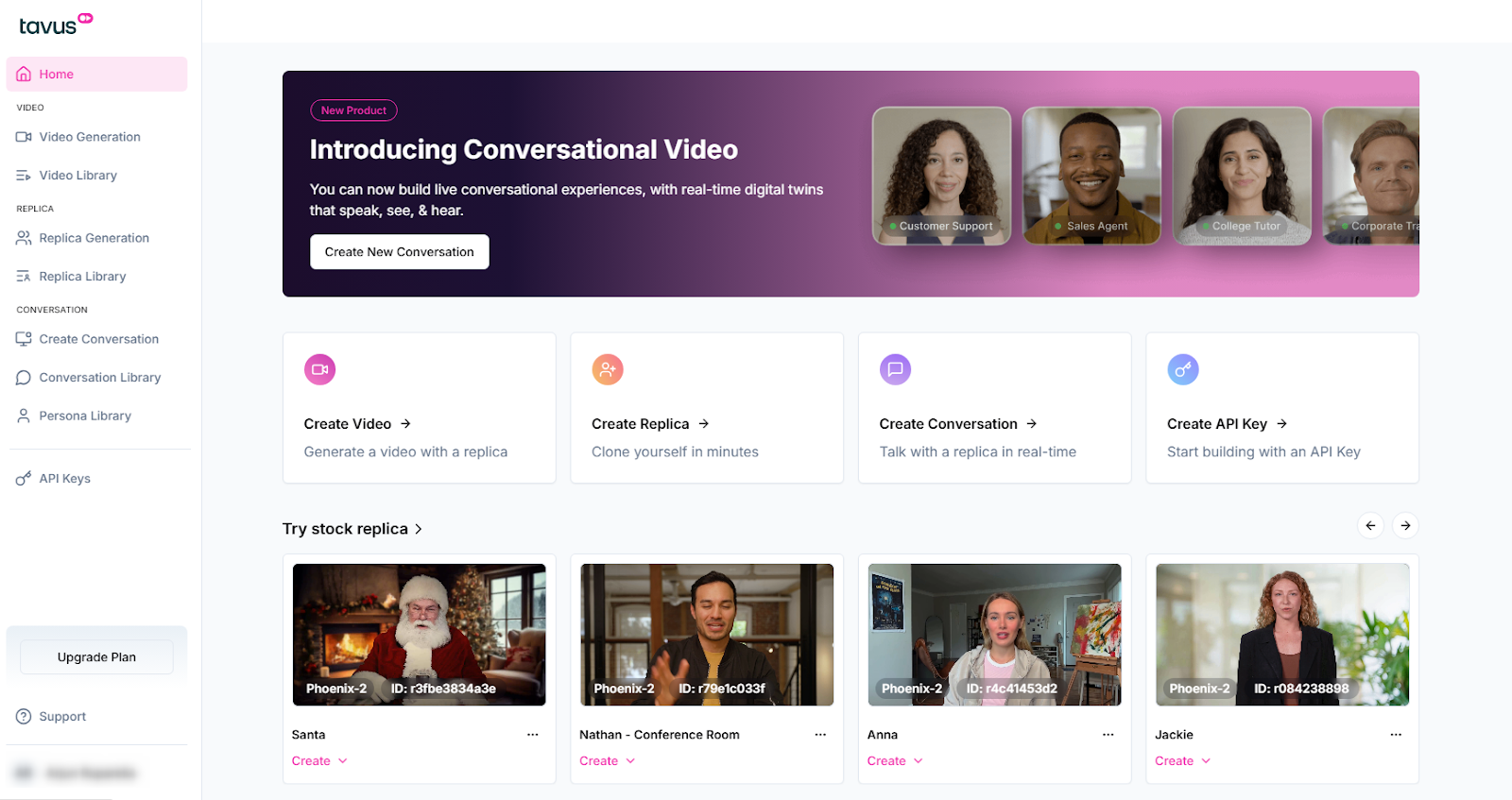
Features:
If you’re looking to add TTS capabilities into your app to allow users to create lifelike voiceovers, try Tavus today.

Amazon Polly is popular for its high-quality voice synthesis and extensive language support. It can be used for various applications, including voice assistance, e-learning, audiobooks, and accessibility tools.
The platform offers various features, such as:
Polly does have a few drawbacks. For example, the pricing model is based on characters synthesized, which makes it a costly choice for projects with high usage. While Polly’s voices are highly realistic, you may find them less customizable than those from providers that also focus on personalization.
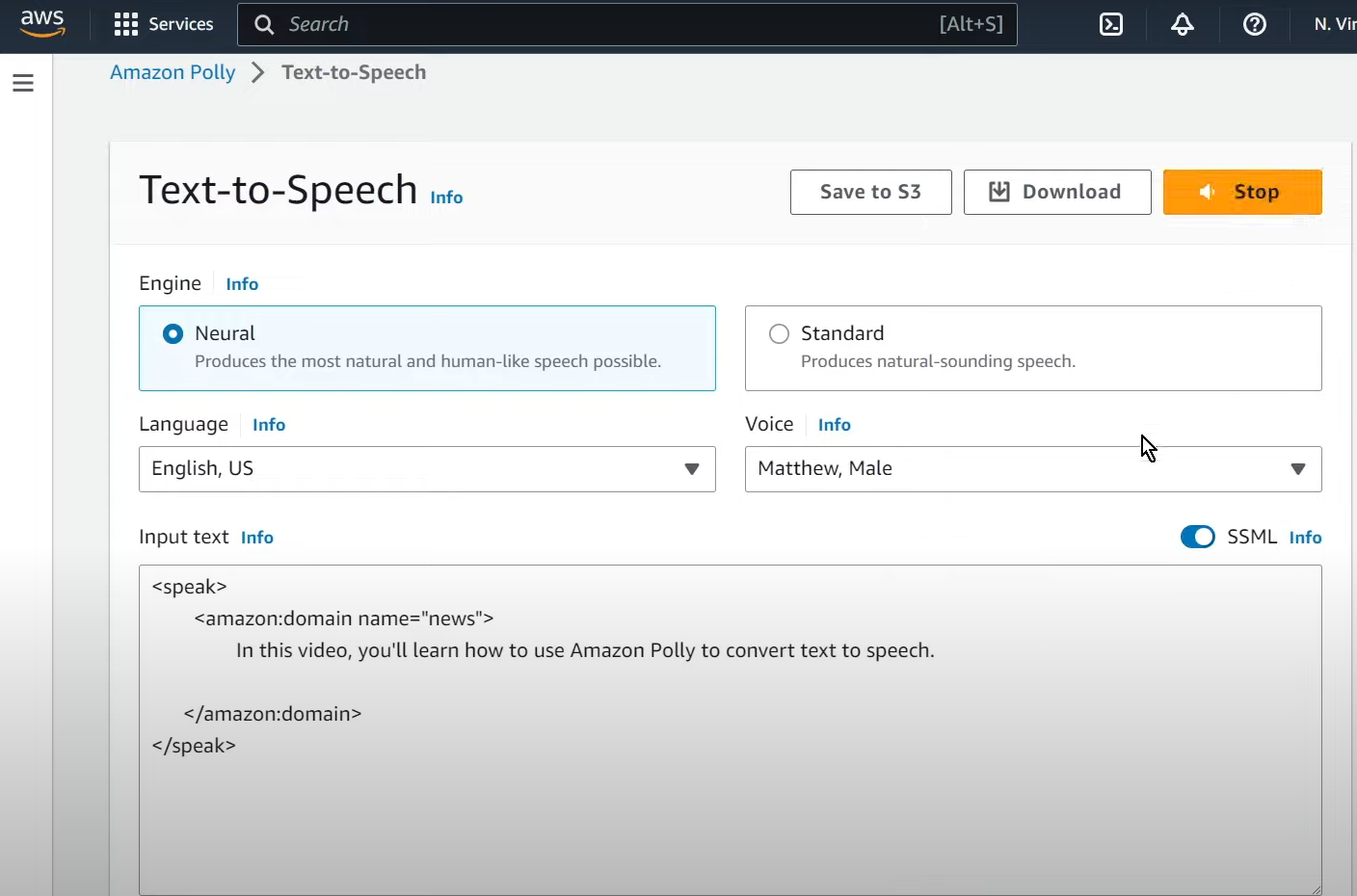
Features:
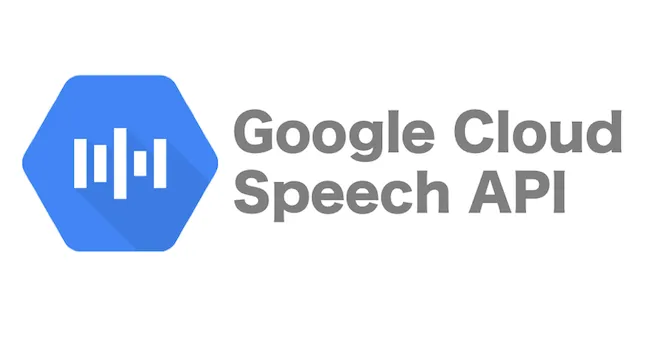
Google Cloud TTS uses DeepMind’s WaveNet technology to generate human-like voices. It offers SSML to control pitch, speed, and emphasis, which allows you to customize for unique applications. It also offers real-time audio streaming, making it useful for interaction solutions such as virtual assistants and chatbots.
However, the cost of neural voice synthesis can add up for high-volume projects. While Google supports a wide range of languages, it’s also important to be mindful of the lack of hyper-localized dialect options.
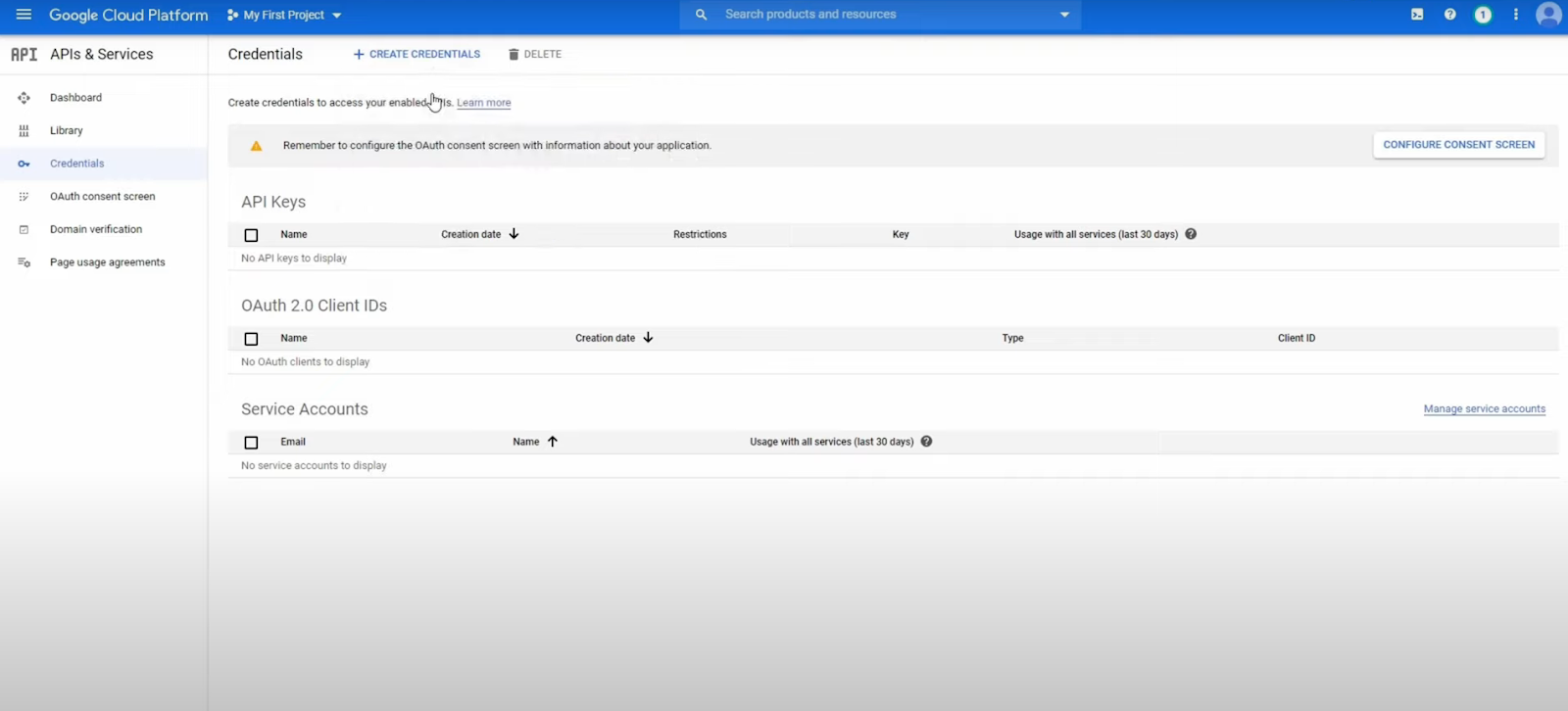
Features:

Microsoft Azure TTS uses AI models to produce natural-sounding voices and supports over 140 voices across 70+ languages and dialects. It offers SSML support and integrates seamlessly with other Microsoft services, such as Cognitive Services and Power Automate.
This TTS platform is suitable for enterprise-level businesses that want flexibility, advanced customization, and integration within the Microsoft ecosystem. However, the extensive features do present a steep learning curve.
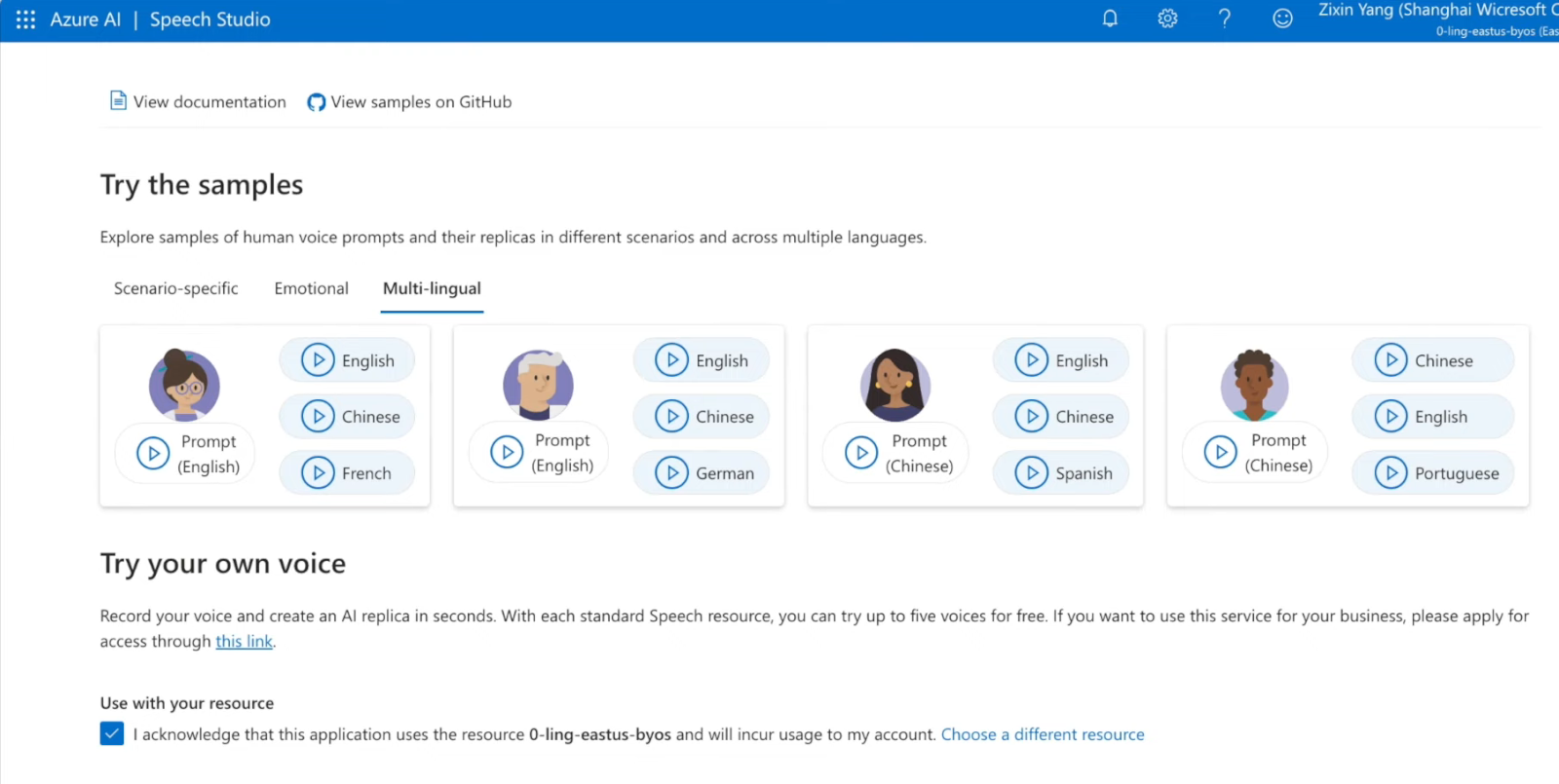
Features:

IBM Watson TTS combines AI technology with a simple interface. It supports multiple languages and accents as well as features like customizable voice synthesis and SSML.
However, IBM Watson offers fewer voice options compared to many of its competitors. Moreover, if you’re working with a limited budget, you’ll need to look elsewhere.
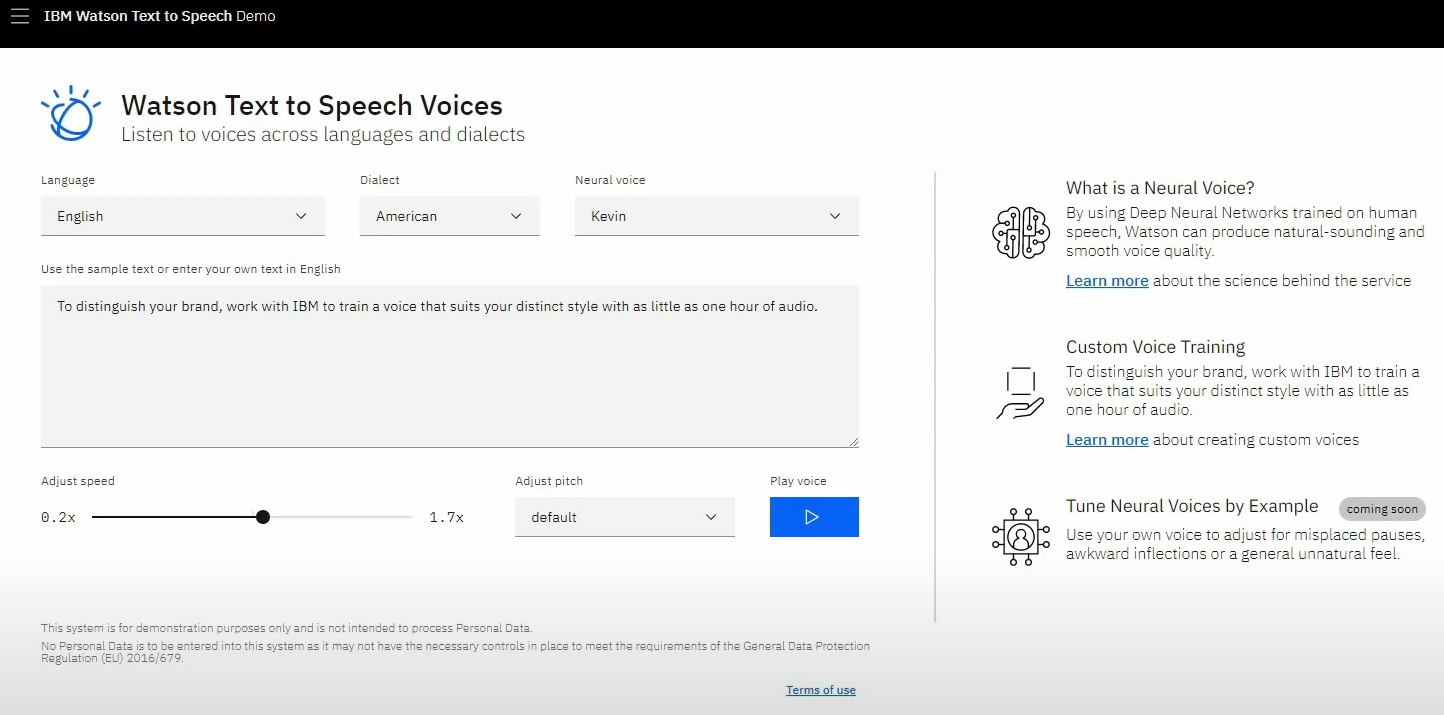
Features:

Murf.ai helps generate natural-sounding voiceovers with little complexity. It offers a library of voices across multiple languages and built-in voice editing tools to adjust pitch, speed, and tone.
This platform is typically used to create audio content for videos, podcasts, and e-learning modules. However, it’s not as feature-rich as some other TTS platforms. If you’re a large enterprise, you might find its extensive API integration needs rather limiting.
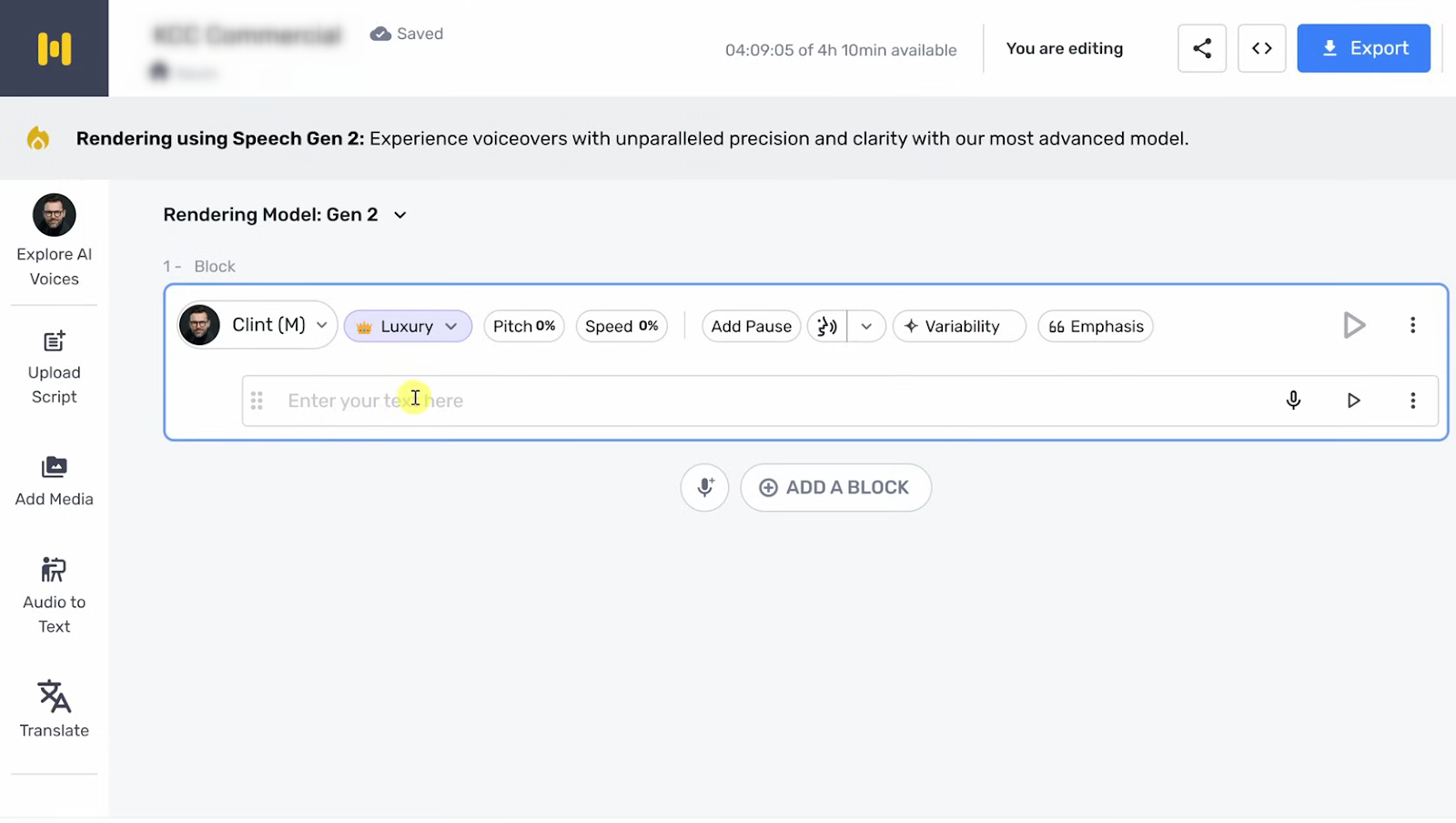
Features:

ElevenLabs uses deep learning models to produce voices with nuanced emotions and natural intonation, which means it can be used for audiobooks, gaming, and storytelling applications. It has voice-cloning technology that replicates a user’s voice while also supporting multiple languages and accents.
However, since it's primarily geared toward creative and niche applications, it’s not the best large-scale enterprise solution. If you require broader language support or integration with enterprise workflows, you’ll need to look at other options. Check out our extensive ElevanLabs review if you’re looking for more information about ElevenLabs’ capabilities.
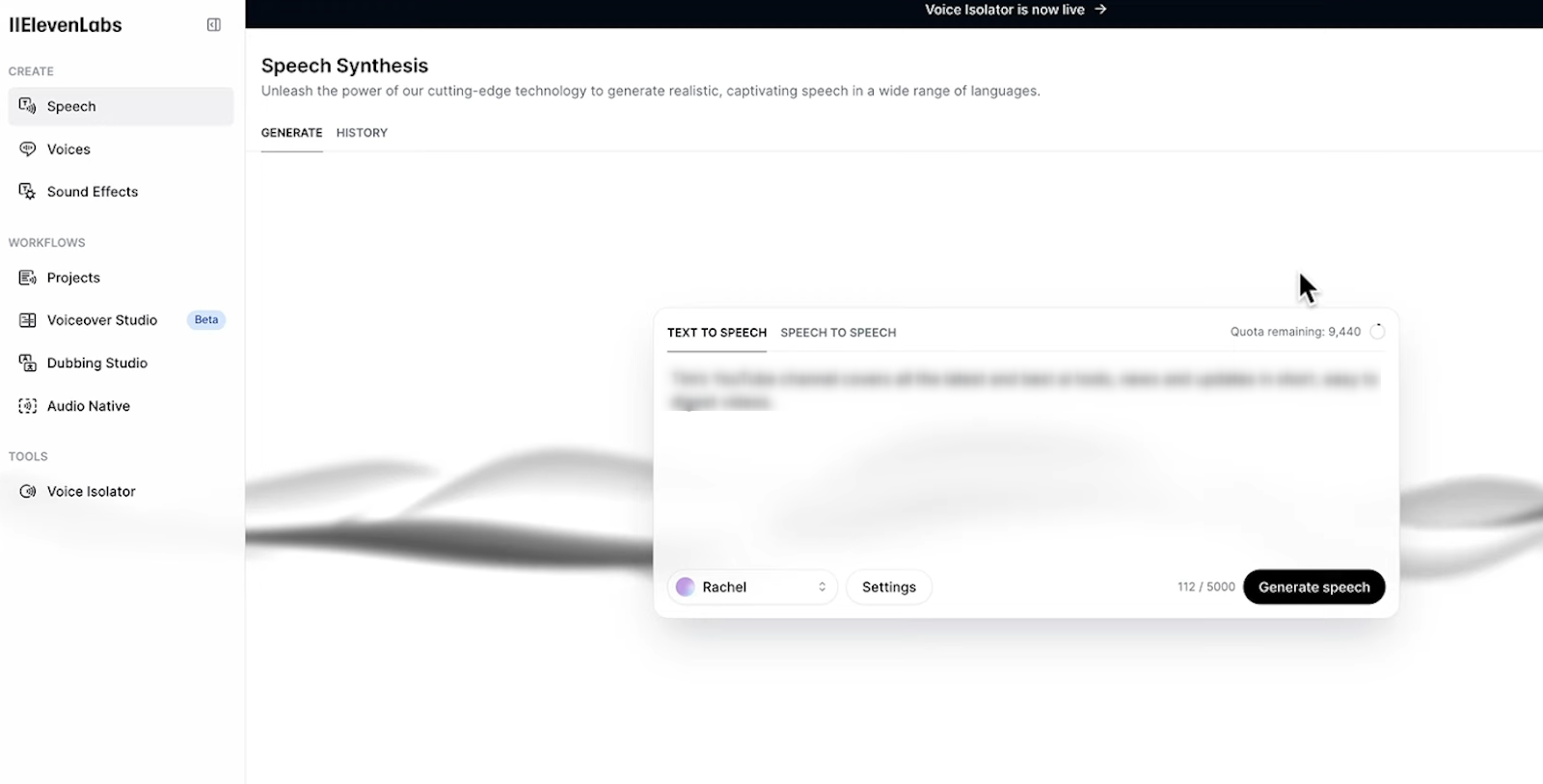
Features:

Descript TTS is designed specifically for creators who want to generate voiceovers. It offers voice cloning that helps create a personalized digital version of their voice. The AI-driven TTS engine produces natural-sounding speech. There’s also a voice-cloning feature that replicates the user’s voice without the need for re-recording.
However, some users have reported occasional inaccuracies in transcription, especially with unique names or accents. This requires manual correction.
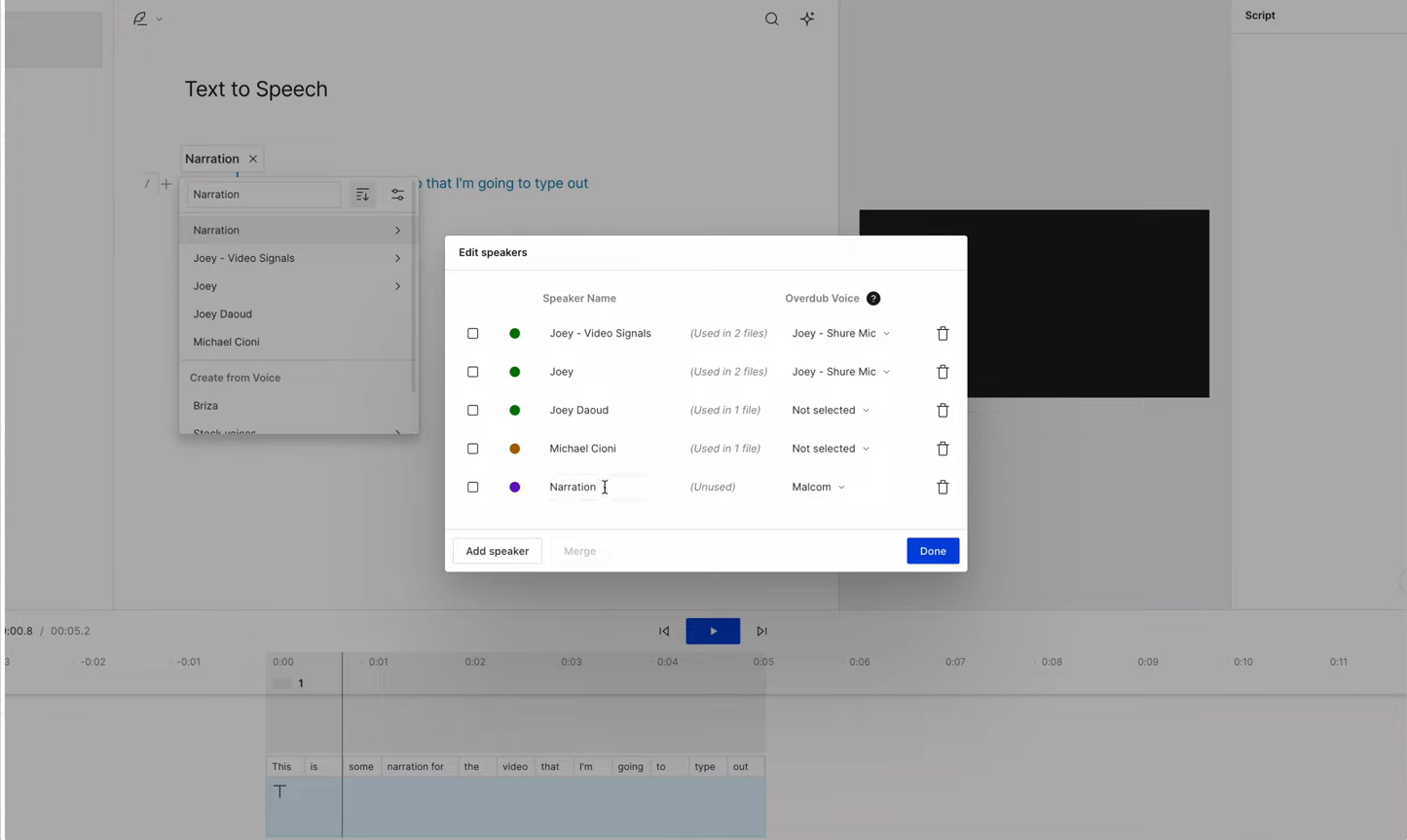
Features:
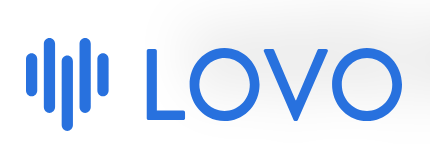
Lovo AI offers a selection of over 500 voices across 100+ languages, enabling creators to engage global audiences. There’s a built-in feature called Genny, an all-in-one voice and video editing tool.
However, some of the synthetic voices sound more robotic than others. You’ll need to spend some time selecting a voice that suits your needs and sounds human-like.
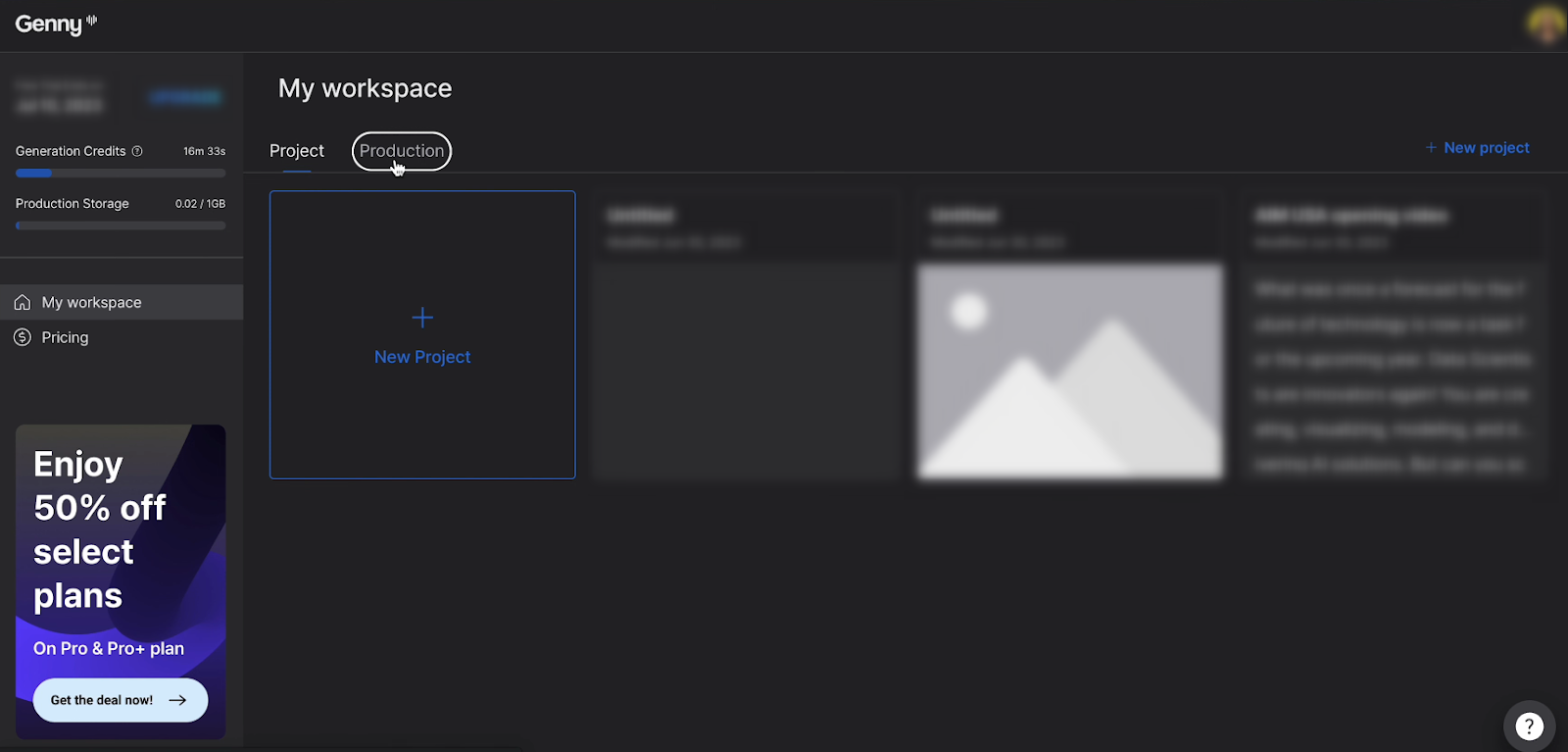
Features:

Play.ht is a cloud-based AI voice generator and TTS platform. It offers a library of over 8,000 AI-generated voices supporting more than 142 languages and accents. The Play.ht Voice Generation API facilitates real-time voice cloning and generation and integration into various applications.
Play.ht charges per word. So, if you’re looking to convert long texts or books to speech, Play.ht may cost you a fair bit more than its alternatives.
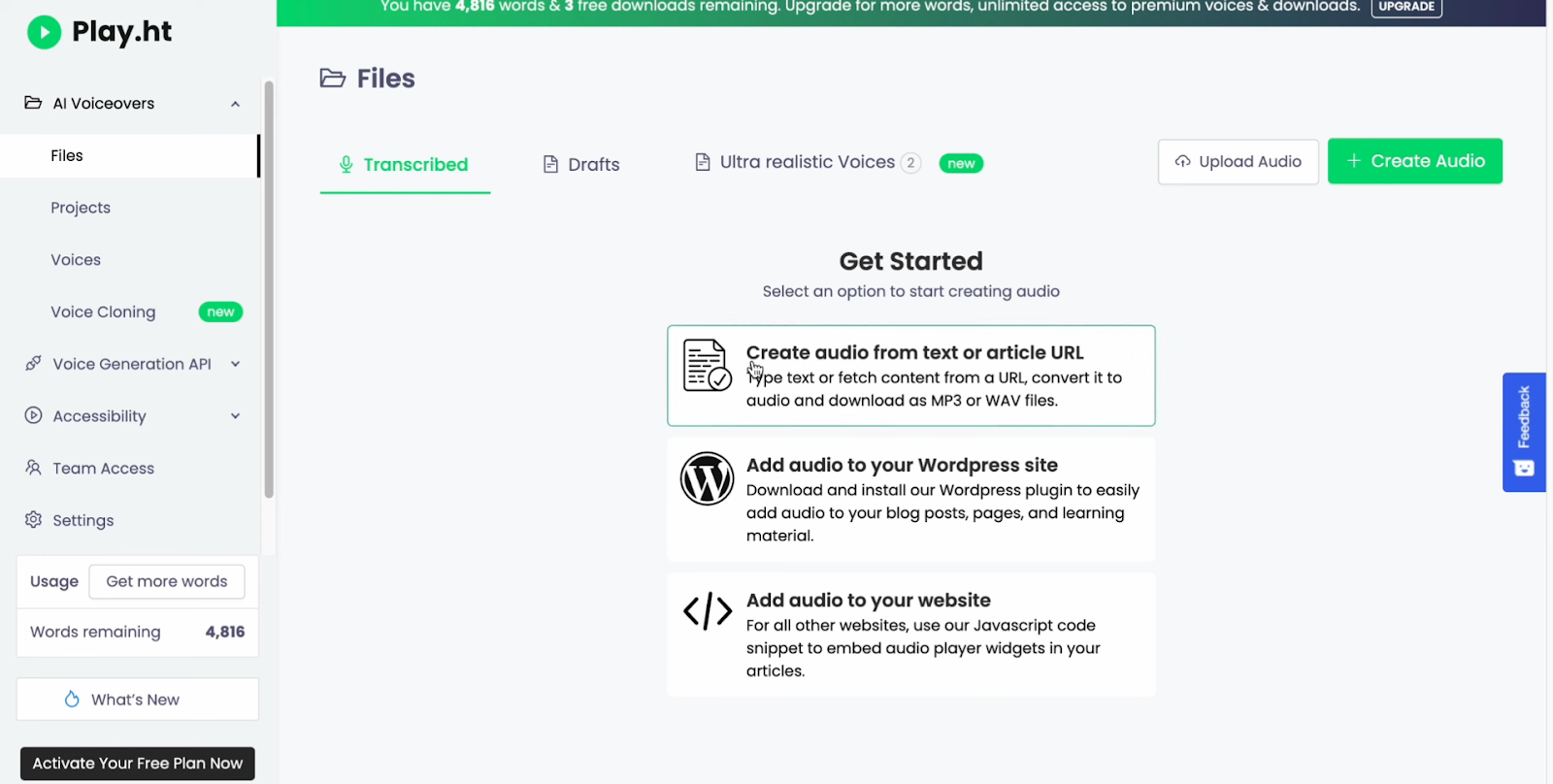
Features:

Resemble AI supports TTS as well as speech-to-speech functionalities. It offers multilingual support, allowing users to generate voiceovers in multiple languages and accents. The platform generates voiceovers with expressive synthetic speech.
Resemble AI is created for enterprise users. If you’re a small business or developer or have infrequent voice generation needs, Resemble AI might not be the best tool for you.
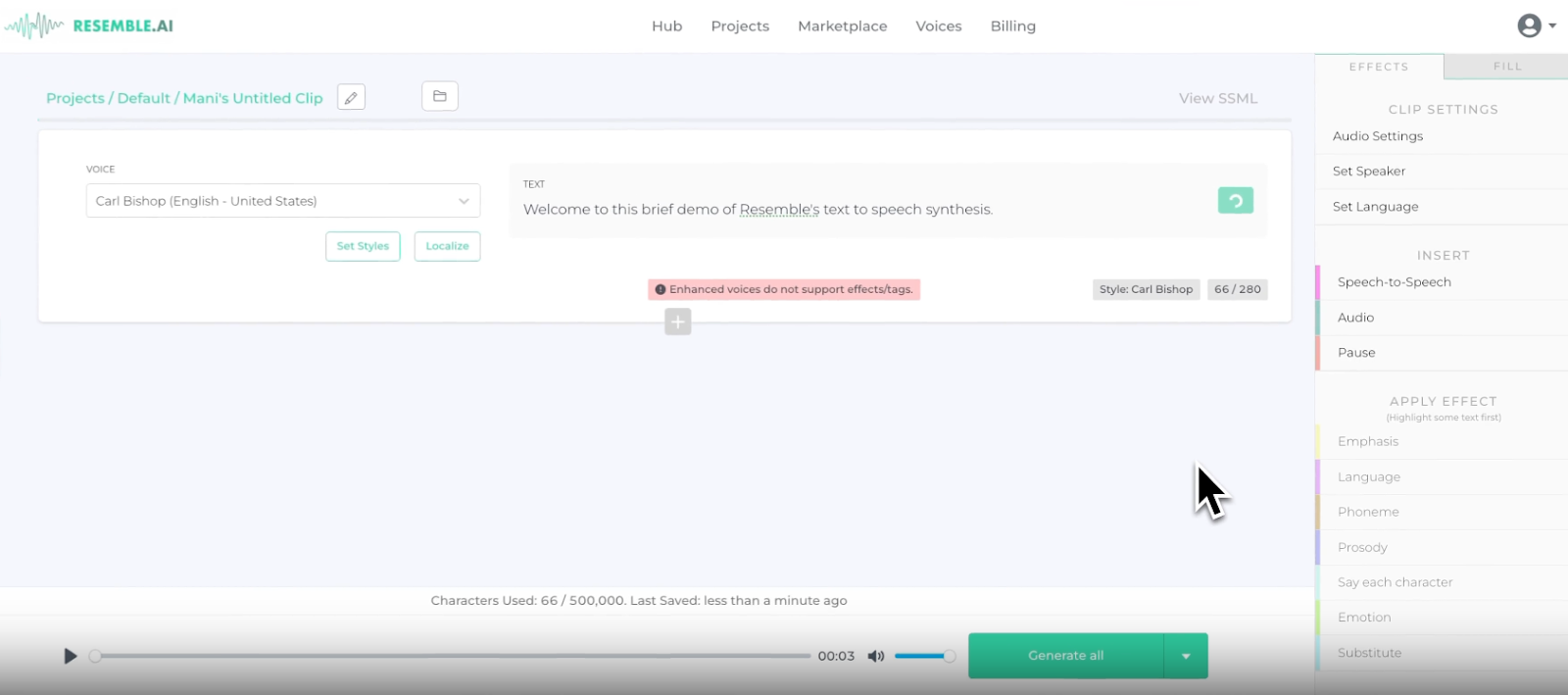
Features:

Speechify turns various types of content, including web pages, PDFs, emails, and more, into audio. The platform supports over 30 languages and allows customizing playback speed, allowing users to listen at their preferred pace.
It’s important to remember that the free version offers limited features and might not suffice for power users.
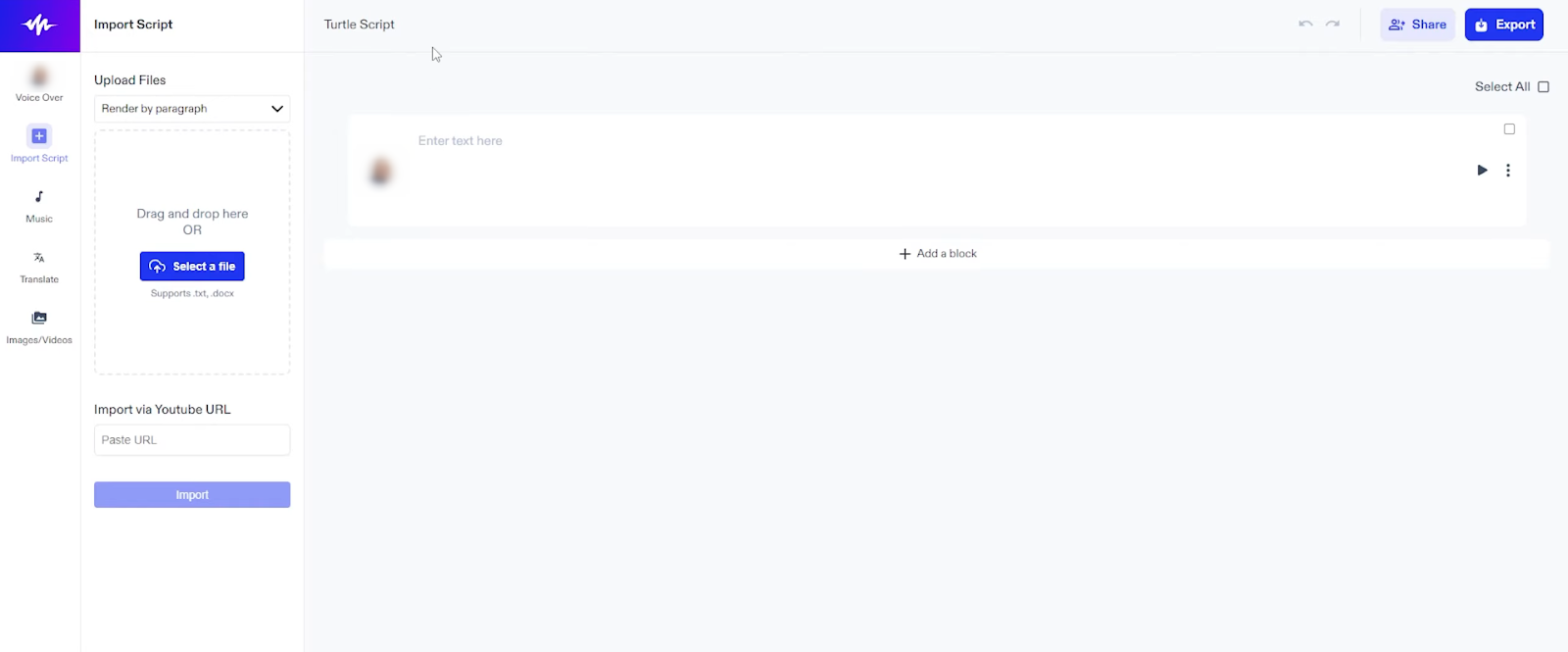
Features:

Colossyan creates realistic AI-driven voiceovers. It also focuses on video production integrations, allowing users to add TTS voiceovers to video projects. Users can customize audio to match their specific needs by adjusting the pitch, tone, and speed.
The platform allows you to create voiceovers without any technical expertise. However, Colossyan’s focus on video integration might not be appealing if you’re looking for a TTS solution solely for standalone audio projects.
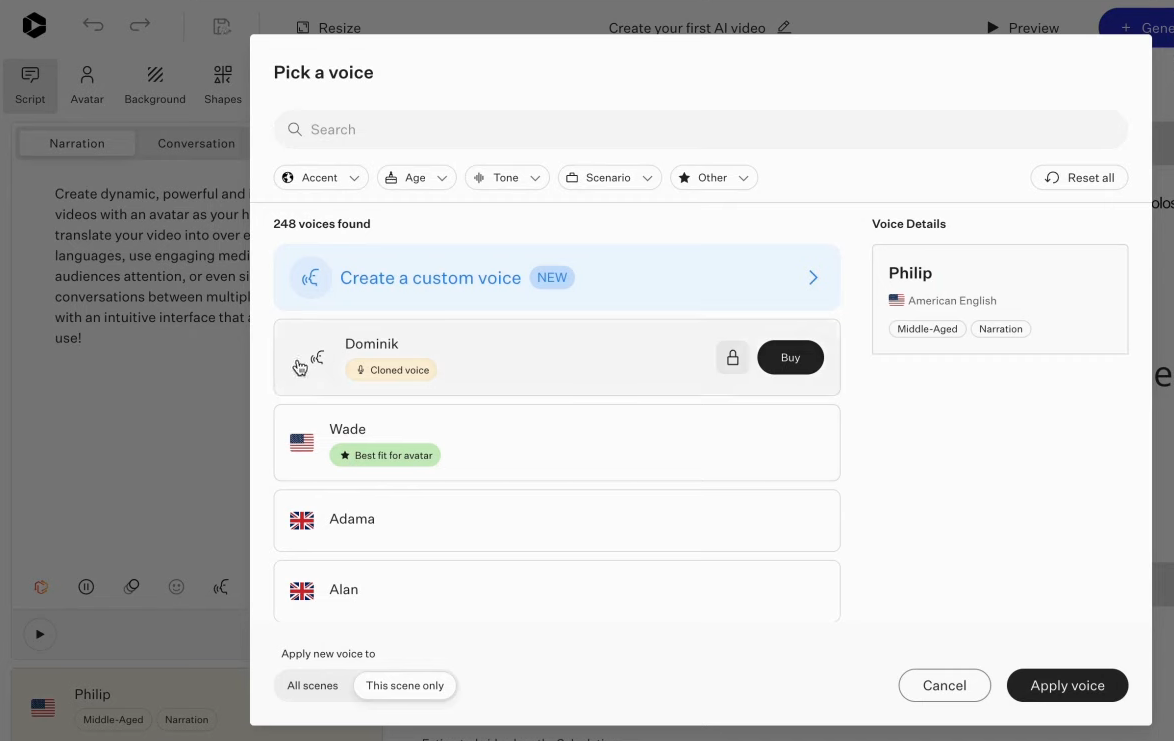
Features:

ReadSpeaker specializes in providing voice solutions to a variety of industries, including education, healthcare, and e-learning. It offers a range of AI-driven natural voices, available in over 35 languages. The platform offers TTS capabilities that can be integrated into apps, websites, and learning management solutions (LMS).
It’s not the best platform if you’re an individual user or small business because of potentially higher costs and complexity. Instead, choose a more user-friendly platform that’s tailored to a small business or casual user’s needs.
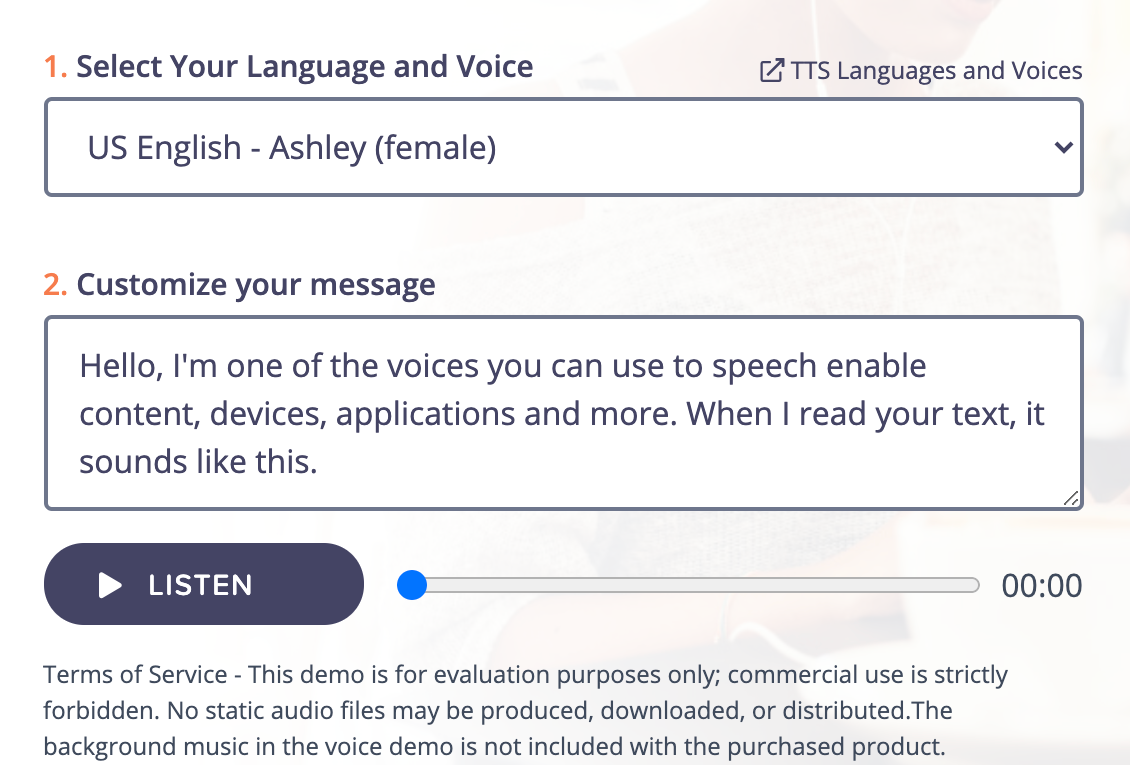
Features:

OpenAI’s TTS API uses AI models to create highly realistic, human-like speech in multiple languages and accents. Users get control over voice parameters like on most other platforms. Moreover, OpenAI’s API integrates into various applications, so developers can embed speech capabilities into their services.
That said, OpenAI’s TTS is fairly new. Its customization options aren’t as extensive as more established platforms. If you need those, consider Tavus.
Features:
Now that we’ve talked about the best text to speech AI APIs, let’s explore some common questions.
Tavus offers a broader range of capabilities, with TTS built into its overall CVI platform. Here’s what you get:
Here’s a quick overview of the process of integrating a TTS API into your application:
{
"Authorization": "Bearer YOUR_API_KEY"
}
{
"text": "Hello, how can I help you today?"
"voice": {
"languageCode": "en-US",
"name": "en-US-Wavenet-D",
"ssmlGender": "MALE"
}
}
Yes, there are several free TTS APIs, such as:
It’s best to think of free tiers as a way to try the platform. Advanced features and higher usage limits needed for commercial use are typically only available with paid versions.
Yes, you can use the TTS API for commercial projects, but be sure to check licensing terms and limitations because they vary across different providers. Check if the service provider requires you to include proper attribution or adhere to any content guidelines when using their service commercially.
TTS APIs can transform text into natural-sounding speech, making them essential for creating interactive applications like virtual assistants, accessibility tools, and personalized content platforms. When selecting a TTS AI API, it’s important to consider voice quality, language options, latency, and ease of integration. Evaluating each provider's features ensures you choose the best fit for your app's specific needs.
Tavus is an industry leader in real-time human computing. Through the Conversational Video Interface (CVI), Tavus pairs advanced speech with lifelike presence so developers can power face‑to‑face interactions, generate high‑quality video, and deliver personalized voiceovers at scale.
Committed to delivering exceptional support, Tavus ensures a smooth integration process and is always ready to assist with technical challenges.
Explore Tavus’ Conversational Video Interface with text-to-speech capabilities and discover how it can transform your applications. Sign up for a free trial today!